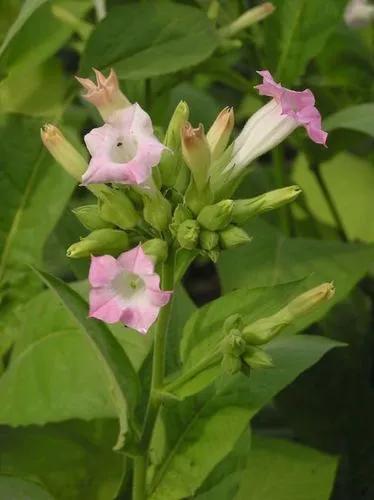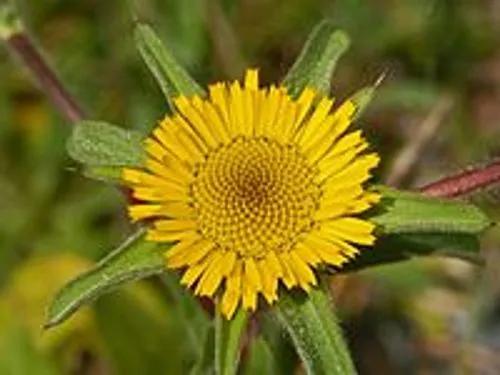Echinacea purpurea (Asteraceae) is a perennial medicinal herb with important immunostimulatory and anti-inflammatory properties, especially the alleviation of cold symptoms. The plant also attracted scientists’ attention to assess other aspects of its beneficial effects. For instance, antianxiety, antidepression, cytotoxicity, and antimutagenicity as induced by the plant have been revealed in various studies. The findings of the clinical trials are controversial in terms of side effects.
Eastern Purple Coneflower Care
Echinacea Purpurea



How to Care for the Plant

Water

Coneflowers are often listed as drought-tolerant plants, but they will actually do much better with fairly regular watering. Water them daily just after planting, then transition to an 2.5 cm or inch of water per week for the rest of the plant's first year of life. Second-year and older plants may only need watering during droughts.

Pruning

Pruning purple coneflower is helpful, but not imperative. You can leave the plants standing throughout the winter months to feed the birds, and shearing them back in the spring will result in bushier plants that bloom longer into the season.

Fertilizer

Coneflower care may include limited fertilization, but this is often not needed. If flowers are small or poorly developed, try working in a small amount of well composted material in the soil around the plants.

Sunlight

Needs 6-8 hours of direct sun / partial shade per day.

Soil

Prefer fertile soil, preferably loose and loamy with adequate drainage.

Temperature

An adaptable plant that is tolerant of drought, heat, humidity and poor soil.

Container

Here’s a handy guideline: increase pot size by 2.5-5 cm (1 to 2 inches) in diameter for plants that are growing in pots 25.4 cm (10 inches) in diameter or less. For larger plants, those growing in pots greater than 10 inches in diameter, increase the pot size by 5 or 7.62 cm (2 or 3 inches) in diameter.

Popularity

8,411 people already have this plant 899 people have added this plant to their wishlists
Discover more plants with the list below
Popular articles






